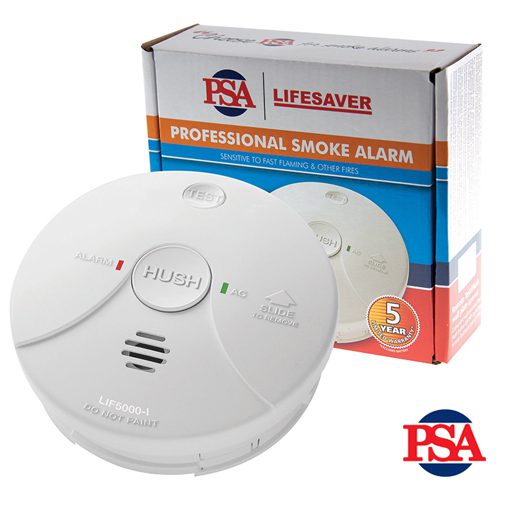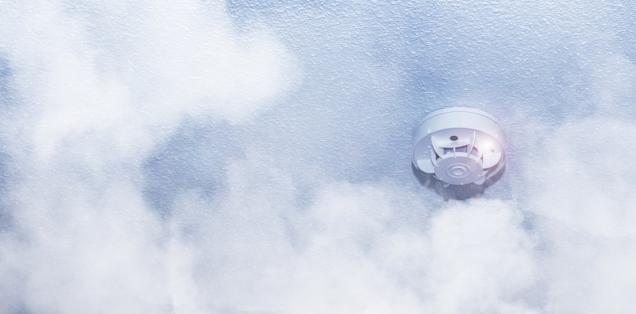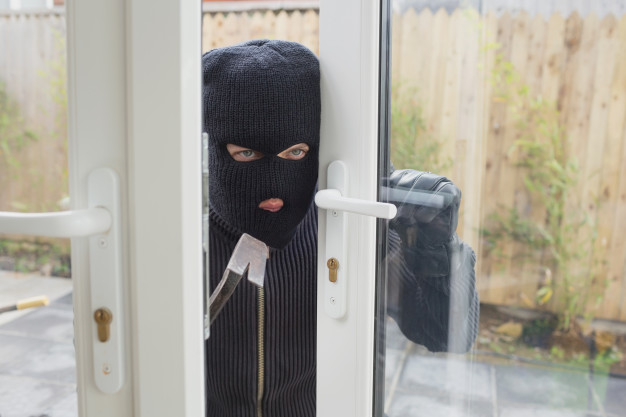
Choosing A Carbon Monoxide Alarm For Your Home
Having an alarm not only helps you to stay alert but also allows you to get help and keep you and your loved ones safe.
What Is Carbon Monoxide?
Carbon monoxide is a gas made of one part carbon and one part oxygen. It is released into the air when you burn carbon fuel like wood, gasoline, coal, propane, natural gas gasoline and heating oil. The health effects aren’t as bad when outdoors but in a contained space at home or garage - carbon monoxide can be deadly.
Symptoms of carbon monoxide poisoning include; dizziness, nausea, vomiting, lightheadedness, headache and possible fainting. Carbon monoxide is deadly because of how hard it is to detect without a carbon monoxide sensor.
Once carbon monoxide enters your lungs, it binds onto your red blood cells and starves your body of oxygen. It can be common for anyone who has suffered accidental carbon monoxide poisoning to be admitted to the hospital emergency room.
Installing a carbon monoxide alarm will help prevent you and your family members from being in danger. Carbon monoxide alarms, like the Lifesaver Carbon Monoxide Alarm, will alert you when carbon monoxide levels are high and help you to take the necessary measures needed for safety.
How Can You Detect Carbon Monoxide?
The best way to prevent carbon monoxide poisoning is by using a carbon monoxide alarm. Much like your fire or smoke alarm, you can install multiple detectors in your home that will sound an alarm when they detect carbon monoxide. Once they’ve sensed a certain amount of carbon monoxide in the air over time, depending on the type of alarm - different sensors set off different types of alerts.
A carbon monoxide alarm with a biomimetic sensor has a gel that changes colour when it absorbs carbon monoxide, which in turn triggers the alarm to sound. Metal oxide semiconductors use a silica chip’s circuitry to detect carbon monoxide, lowering the electrical resistance to then trigger the alarm. An alarm that uses an electrochemical sensor has electrodes immersed in a chemical solution that senses changes in electrical currents when they have come in contact with carbon monoxide.
If your sensor detects a high build-up of carbon monoxide in your home, your alarm will sound. Be sure that your alarm can sense an amount of 50 ppm or less, as most people will begin to feel the effects of carbon monoxide at 50ppm.
What Kind Of Carbon Monoxide Alarm Should You Get?
There is a wide variety of different carbon monoxide alarms on today’s market. Some simple models plug into outlets or use batteries, while alerting you with a loud siren like a smoke detector. Some batteries will only typically last 6-12 months, while others can last up to 10 years. Most alarms are hardwired with battery backups in times of power outages. Be sure to check that this is the case with your chosen carbon monoxide alarm.
On the other hand, there are smart models that have the ability to connect to your home’s security suite or alert you through a mobile app. This can also allow you to silence the alarm or dim the night light from the app. For anyone with kids or pets, it could be vital to have an alarm that synchronises with your phone in order to keep them safe.
If you’re looking for a detector with additional functions, some alarms come equipped with sensors to also detect smoke and heat, as well as built-in night lights or easy to read digital displays.
Carbon Monoxide Safety Tips
If you want to warm up your vehicle in the winter, be sure to take your car out of the garage first. Carbon monoxide is a common byproduct of vehicle exhaust and can quickly build up in a closed space. It’s imperative to make sure you don’t run your car in your garage.
Ventilation is key to keeping your living spaces safe from carbon monoxide. If you’re cooking on a gas stove, it’s important to make sure that fan vents are on and that if there is a sense of smoke around you, to open your windows and allow air to circulate. It’s crucial to remember to only use your gas stove and oven for cooking, and not for heating the home.
Prevention is always the best form of defence when it comes to the dangers of carbon monoxide in the home. However, reducing the risk of the dangers is no substitute for installing a carbon monoxide alarm. The best carbon monoxide alarms are easy to install and affordable, while capable of saving your life. Be sure to install one on every level of your home, near each bedroom, as well as your garage. Whichever carbon monoxide alarm you do go for, it’s important to remember to test it as frequently as possible to make sure its power source is reliable and fully functioning.
If you’re looking for the best carbon monoxide alarm for you, contact the team at Home Safety Store. Our friendly and professional team will be able to provide you with the appropriate home safety products to keep your property safe. Get in touch with us today to also find out more about how the Lifesaver Carbon Monoxide Detector is right for you.



